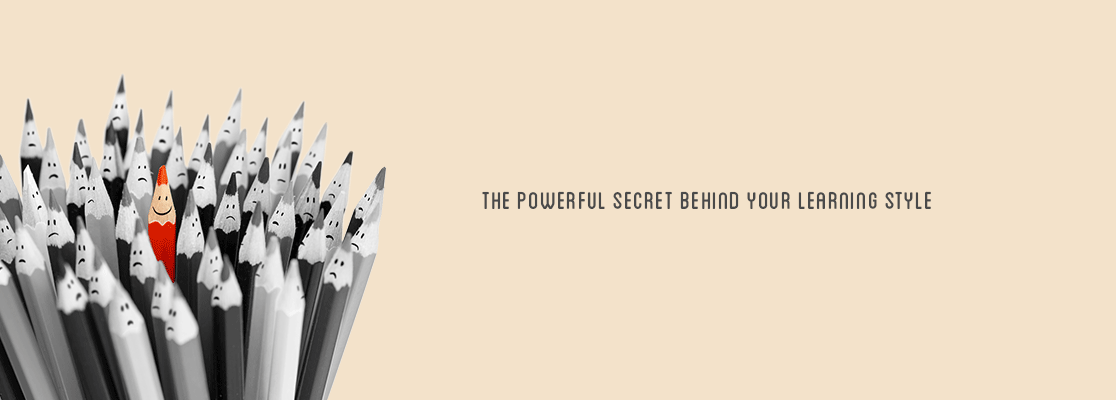THE POWERFUL SECRET BEHIND YOUR LEARNING STYLE
What’s your learning style?
Perhaps it’s based on your senses (auditory, tactile, visual); or how you engage with content (hands on, conceptual or reflective); or even how you relate to others (collaborative, competitive).
It’s a hard choice, especially since according to one comprehensive study there are over 71 learning styles from a range of different models.
The good news is that there is a powerful secret behind your learning style. It’s so powerful that it could transform how you approach learning.
The secret is… that learning styles don’t matter.
At least, there’s a distinct lack of evidence that learning styles make any difference to learning… and yet the myth persists.
There are lots of explanations for this myth, some of which were recently outlined in Dr. Tesia’s TED Talk (see below), but I think one of the most compelling reasons is that ‘learning preferences’ are real.
I know that I prefer to read content and see high level diagrams/ images. That doesn’t mean that my learning from them is more compared to someone who prefers audio.
So where’s the ‘power’ behind the secret?
The power lies in focusing on what counts. To see our brains as more flexible and open than our preferences (and biases) would suggest.
For learning professionals it presents even more opportunities. As well as understanding learning techniques that actually work, it allows us to use communication mediums that are based on content.
Want to understand atomic structures? Use a model which leverages tactile learning. Want to learn bollywood dancing? Focus on visual. Customer service calls? Try auditory.
For most things, a combination of mediums will work best with one proviso… it’s all to easy to overload our relatively limited working memory so we have to reduce our cognitive load (much more on this later).
For now I’ll leave you with Dr. Tesia’s excellent chat about Learning Style Myths: Learning styles & the importance of critical self-reflection | Tesia Marshik | TEDxUWLaCrosse
Designed by our Guest Blogger, Arun Pradhan
Arun Pradhan has over 17 years’ experience in digital and blended learning. He currently works as a senior Learning & Performance consultant at DeakinPrime, helping to deliver 70:20:10 inspired solutions for some of Australia’s largest telcos, retailers, banks and insurers.
In his spare time Arun blogs about learning, performance and 70:20:10 solutions at Design4Performance.
_________________________________
Copyright of posts written by our Guest Bloggers are their own.
Published on 17-Dec-2015






